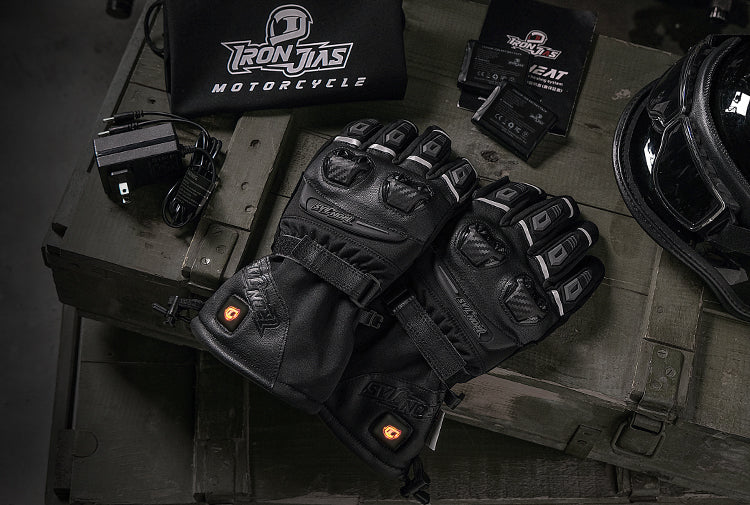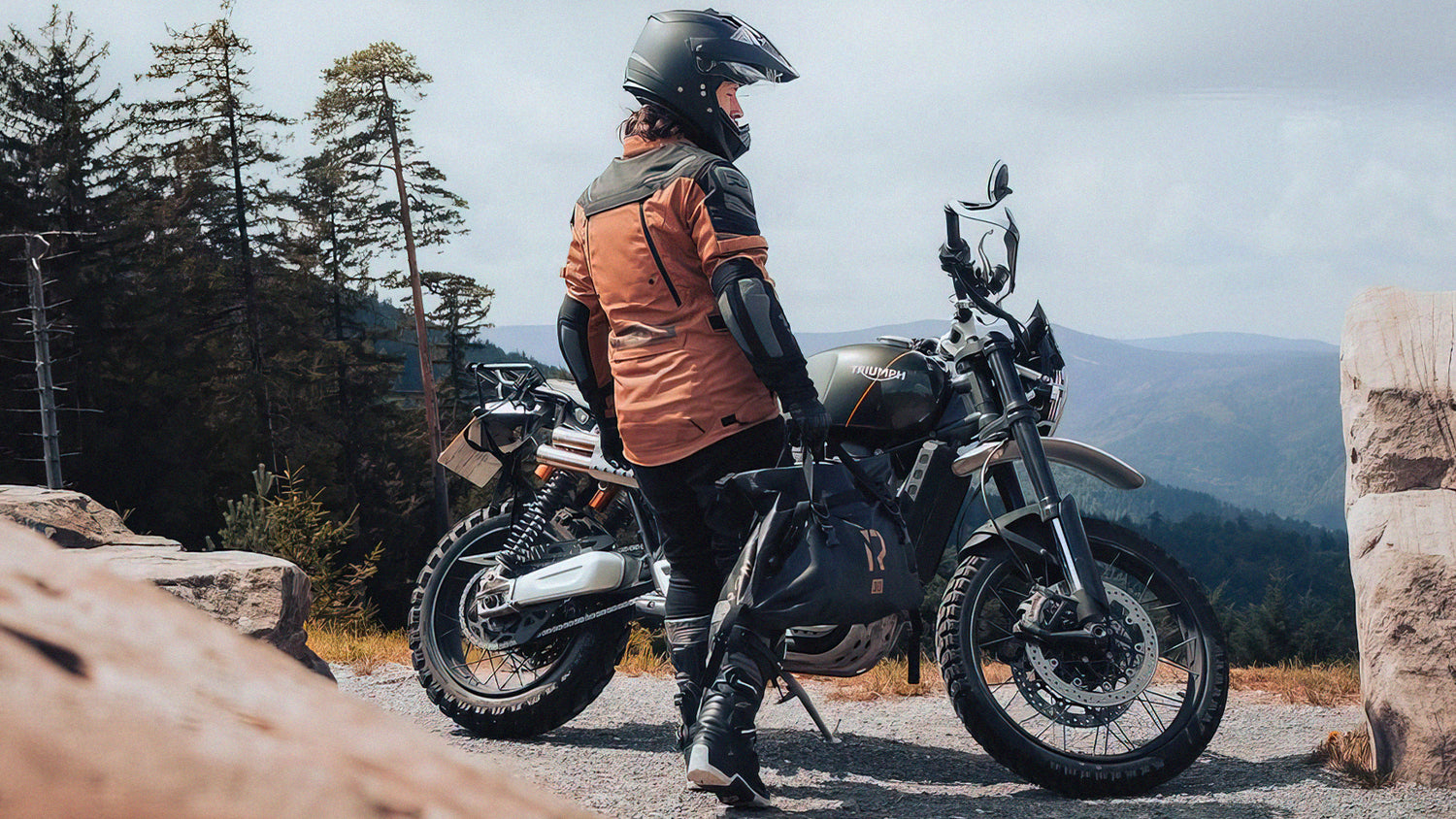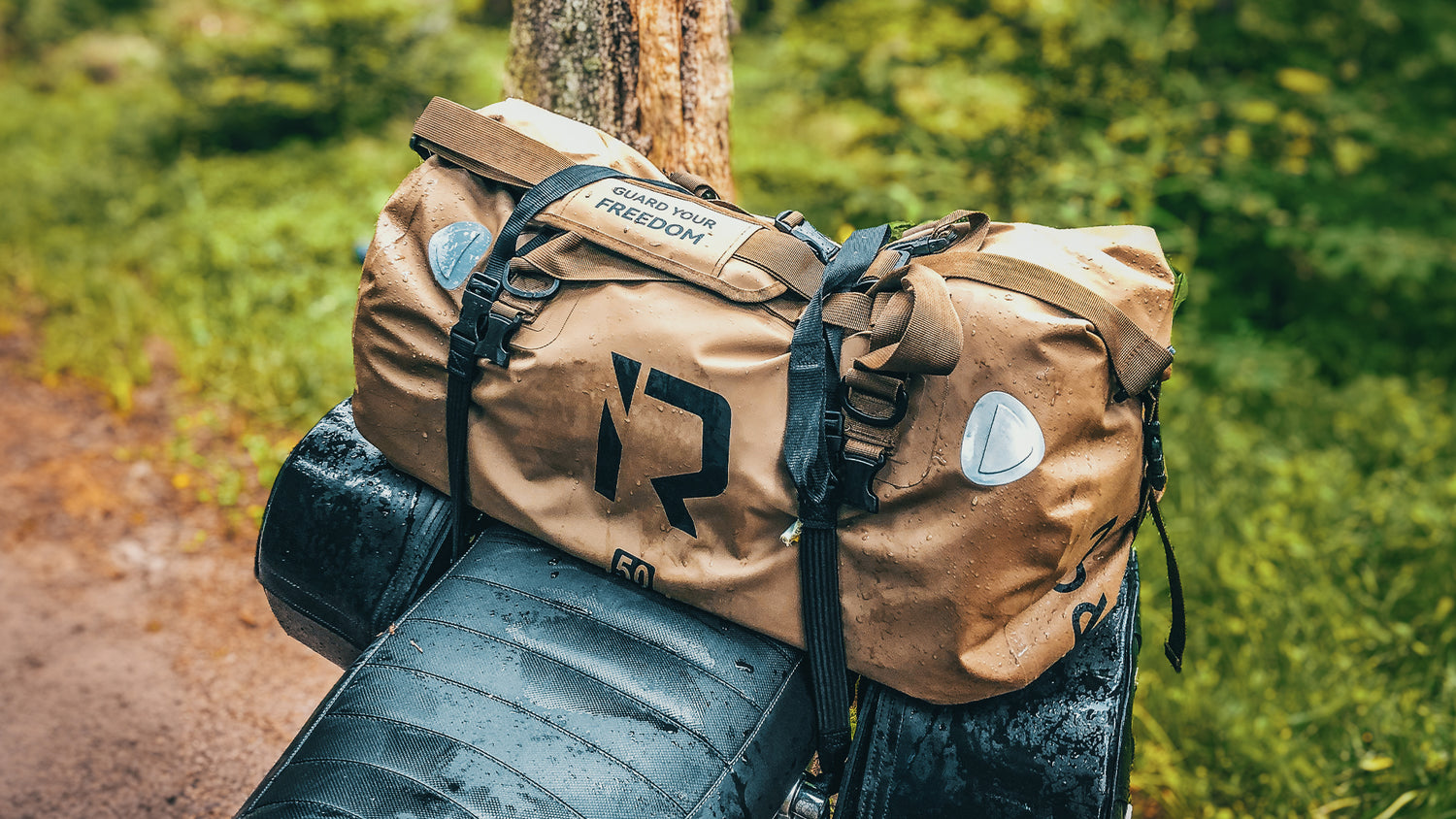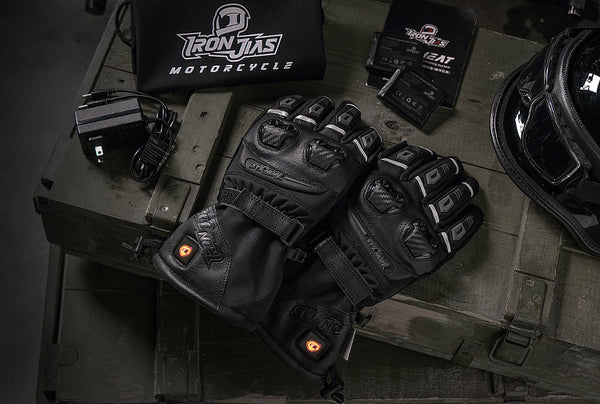
A medida que nos adentramos en los meses más fríos del año, mantenerse caliente se convierte en una necesidad. Sin embargo, no se trata solo de mantenerse caliente, sino también de mantener la comodidad y la facilidad de uso, especialmente para nuestras manos. En este contexto, los guantes calefactados han surgido como una pieza de tecnología notable. Pero, ¿cómo funcionan realmente estos guantes? Este artículo profundiza en la mecánica de los guantes calefactados, proporcionando una comprensión integral de su función y diseño.
El concepto de guantes calefactados
Los guantes calefactados no son guantes comunes. Incorporan tecnología avanzada para brindar calor a las manos en condiciones de frío. Básicamente, utilizan una fuente de energía para calentar un elemento resistivo, que luego irradia ese calor a la mano. El elemento calefactor suele estar integrado en la tela del guante, lo que garantiza una distribución uniforme del calor.
El elemento calefactor
El elemento calefactor es el corazón del guante calefactado. Normalmente está hecho de un alambre fino, flexible y resistivo que está integrado en la tela del guante. Este alambre suele estar hecho de materiales como cobre, níquel-cromo o fibra de carbono. Cuando pasa una corriente eléctrica a través del alambre, este se opone al flujo de electricidad. Esta resistencia crea calor, que luego se distribuye por todo el guante.
Fuente de poder
Los guantes calefactados funcionan con baterías. Lo más habitual es que utilicen baterías de iones de litio recargables debido a su alta densidad energética y su larga duración. Estas baterías suelen guardarse en un bolsillo del guante, para que no molesten durante el uso. Las baterías están conectadas a un controlador, que permite al usuario ajustar el nivel de calor generado por los guantes.
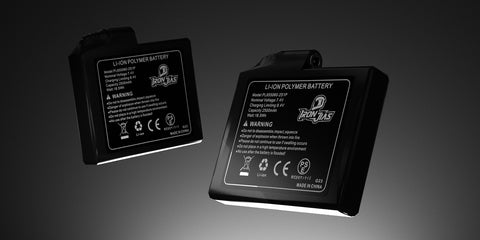
Controlador
El controlador es un componente clave de los guantes calefactados. Permite a los usuarios ajustar la temperatura según sus preferencias. La mayoría de los controladores ofrecen múltiples configuraciones de calor, lo que brinda la flexibilidad de adaptarse a diferentes condiciones ambientales y niveles de comodidad personal. El controlador regula la corriente que pasa a través del elemento calefactor, controlando así la cantidad de calor producido.
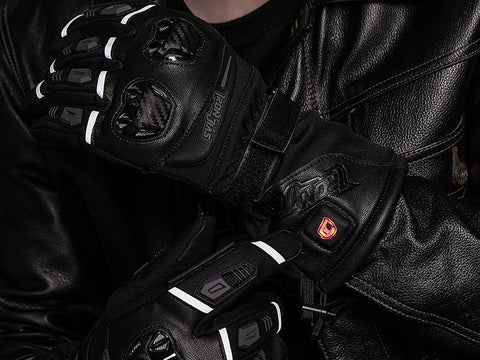
Construcción y material
La construcción de los guantes calefactados está diseñada para maximizar la comodidad, la seguridad y la calidez. La capa exterior de los guantes suele estar hecha de material duradero y resistente al agua, como cuero o tejidos sintéticos, para proteger contra los elementos. El interior suele estar forrado con un material suave y aislante para retener el calor y brindar comodidad. Entre estas capas, el elemento calefactor y el aislamiento se colocan cuidadosamente para distribuir el calor de manera uniforme y evitar puntos calientes.
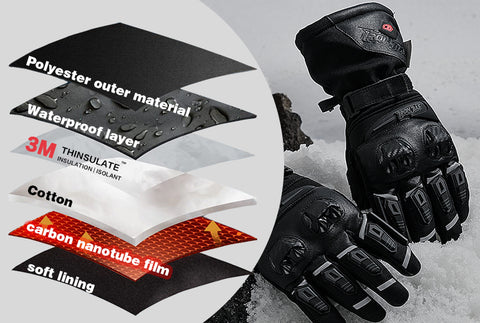
Medidas de seguridad
La seguridad es un aspecto fundamental de los guantes calefactados. Para evitar el sobrecalentamiento, muchos guantes están equipados con un termostato o un fusible térmico. Un termostato corta la corriente cuando se alcanza una determinada temperatura y un fusible térmico corta la corriente en caso de avería, lo que evita cualquier riesgo potencial de incendio o quemaduras.
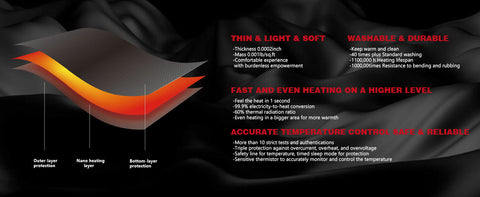
Reflexiones finales
Los guantes calefactados son una maravilla tecnológica que hace que la vida sea más cómoda en climas fríos. Aprovechan los principios de la resistencia eléctrica y la energía de la batería para brindar calor a las manos, mientras que su construcción inteligente garantiza comodidad y seguridad. A medida que la tecnología continúa avanzando, es emocionante pensar en las innovaciones que veremos a continuación en el mundo de los guantes calefactados.
De hecho, la magia de los guantes calefactados reside en la combinación de tecnología y practicidad. Si comprendemos sus complejidades, podremos apreciar el ingenio que hay detrás de este invento, así como la comodidad y conveniencia que brindan durante los meses fríos. Por lo tanto, la próxima vez que se ponga un par de guantes calefactados, recuerde la fascinante ciencia e ingeniería que mantiene sus manos calientes.


